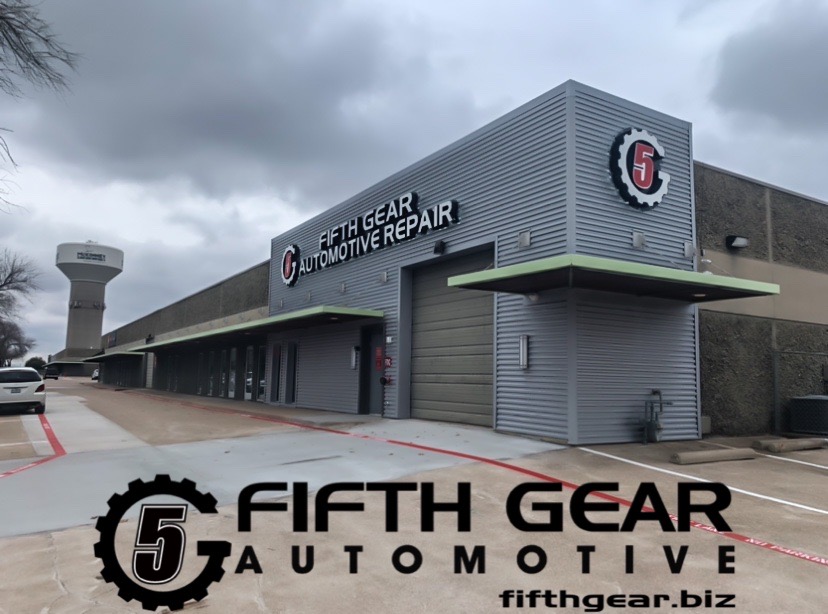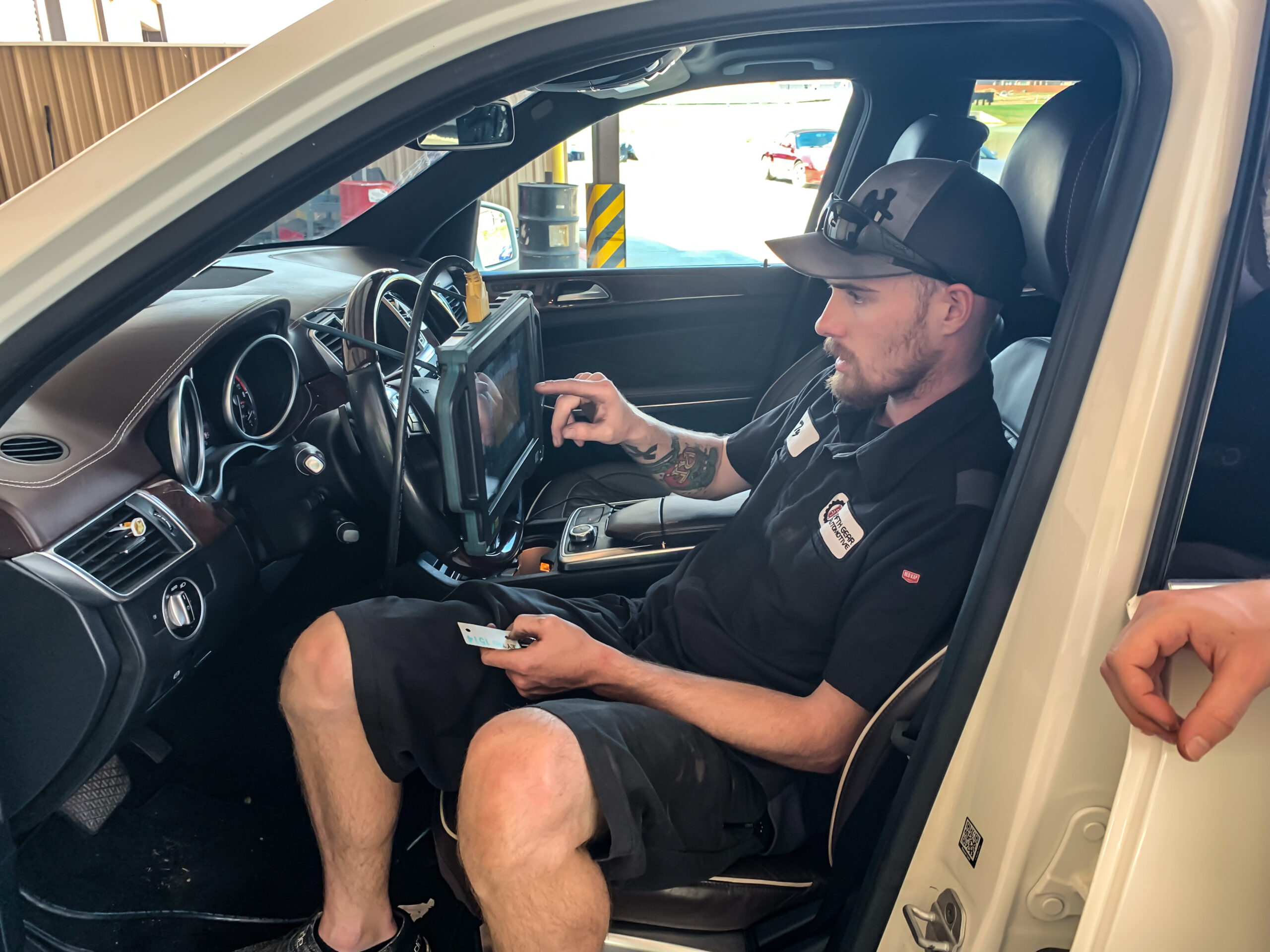With costs out of sight, passenger vehicles are on road longer than ever

ANN ARBOR, Mich. — With new and used cars still painfully expensive, Ryan Holdsworth says he plans to keep his 9-year-old Chevy Cruze for at least four more years. Limiting his car payments and his overall debt is a bigger priority for him than having a new vehicle.
A 35-year-old grocery store worker from Grand Rapids, Mich., Holdsworth would probably be in the market for a vehicle within a few years — if not for the high cost. For now, it’s out of the question.
“You’re not going to get one for a price you can afford,” he said.
Holdsworth has plenty of company. Americans are keeping their cars longer than ever. The average age of a passenger vehicle on the road hit a record 12.5 years this year, according to data gathered by S&P Global Mobility. Sedans like Holdsworth’s are even older, on average — 13.6 years.
Blame it mainly on the pandemic, which in 2020 triggered a global shortage of automotive computer chips, the vital component that runs everything from radios to gas pedals to transmissions. The shortage drastically slowed global assembly lines, making new vehicles scarce on dealer lots just when consumers were increasingly eager to buy.
Prices reached record highs. And though they’ve eased somewhat, the cost of a vehicle still feels punishingly expensive to many Americans, especially when coupled with now much-higher loan rates.
Since the pandemic hit three years ago, the average price of a new vehicle has soared 24% to nearly $48,000 as of April, according to Edmunds.com. Typical loan rates on new-car purchases have ballooned to 7%, a consequence of the Federal Reserve’s aggressive streak of interest rate hikes to fight inflation.
It’s all pushed the national average monthly auto loan payment to $729 — prohibitively high for many. Experts say a family earning the median U.S. household income can no longer afford the average new car payment and still cover such necessities as housing, food and utilities.
Used? Also expensive
Used vehicle prices, on average, have surged even more since the pandemic hit — up 40%, to nearly $29,000. With an average loan rate having reached 11%, the typical monthly used-vehicle payment is now $563.
Faced with deciding between making a jumbo payment and keeping their existing vehicles, more owners are choosing to stick with what they have, even if it means spending more on repairs and maintenance.
Auto mechanics have been struck by the rising ages and mileages of vehicles that now arrive at the shop in numbers they’d never seen before.
“You see cars all the time in here with 250,000, 300,000 miles,” said Jay Nuber, owner of Japanese Auto Professional Service, a repair garage near downtown Ann Arbor, Mich. “They haven’t been really having major work or anything. They’ve just been doing the [routine] service.”
It doesn’t mean that most owners of older vehicles are necessarily stuck with constant repair bills. One reason people can hold their vehicles for increasingly long periods is that auto manufacturing has improved over time. Engines run longer. Bodies don’t rust as quickly. Components last longer.
Yet the cost of buying either a new or used vehicle is leaving more people with essentially no choice but to keep the one they have.
“The repair-versus-buy equation changed,” said Todd Campau, an associate director with S&P. Even with rising repair costs, Campau said, it’s still typically more cost-effective to fix an older vehicle than to spring for a purchase.
The average vehicle age, which has been edging up since 2019, accelerated this year by a substantial three months. And while 12.5 years is the average, Campau noted, more vehicles are staying on the road for 20 years or more, sometimes with three or four successive owners.
In such cases, the third or fourth owner is getting a much older car than they would have in the past. Nearly 122 million vehicles on the road are more than a dozen years old, Campau said. S&P predicts that the number of older vehicles will keep growing until at least 2028.

Boom for auto shops
Even with more durable vehicles able to last longer, all of this has created a boom for auto shops. Through most of last year, Nuber’s Japanese Auto was overwhelmed with customers. It took up to three weeks to get an appointment, whether for repairs or routine maintenance.
“The phone just kept ringing, and the cars just kept coming,” Nuber said.
It’s now at the point where some vehicle owners must decide whether to pay for a repair that costs more than their vehicle is worth. That’s where many of them draw the line, said Dave Weber, manager at Japanese Auto.
On Friday, Weber said, one customer needed rear brakes, wheel bearings and exhaust system repairs. The customer decided to go forward with only half the repairs and wait until later to decide whether to sink more money into the aging vehicle.
“They patch them up and drive them for however long, until the next major repair,” Weber said.
S&P predicts that U.S. new vehicle sales will reach 14.5 million this year, from about 13.9 million last year. A big reason is that the supply at dealerships is finally growing. Automakers have also begun to restore some discounts that had long helped keep a lid on prices. The result is that many people who can afford to buy can now do so. It’s a trend that could slow the advancing age of the U.S. fleet and boost overall sales.
Still, no one is predicting a return to pre-pandemic annual sales of around 17 million anytime soon. Even with discounts, new-vehicle prices are likely to stay much higher than pre-pandemic levels for years to come.
IN THE KNOW Tips for a healthy car
Here’s how experts say you can keep your older ride running longer:
Do the regular maintenance
Most owners’ manuals have a schedule for maintenance that needs to be done when vehicles reach a certain number of miles or a particular age. Some provide dashboard alerts to when maintenance is due. These include oil, filter and coolant changes, lubrication, brake fluid and transmission fluid changes, belt replacements and other items. Regular maintenance prevents things from breaking down later, so it’s worth the cost.
Watch the oil
The most important thing to do is change the oil and filter at intervals recommended by the vehicle’s manufacturer to stop sludge and dirt from building up in the engine, said David Bennett, manager of repair systems for AAA. If that happens and oil doesn’t flow well, the parts aren’t getting lubricated, and that can cause problems down the road, he said. Because oils are so much better today, you no longer have to get it changed every 3,000 miles, said Jay Nuber, owner of Japanese Auto Professional Service, a repair garage in Ann Arbor, Mich. He recommends 6,000-mile intervals.
Choose the right gasoline
Bennett recommends looking for a “Top Tier” sticker on the gas pumps and buying gasoline at that station. Companies that sell “Top Tier” gas agree to add detergents and additives to reduce carbon deposits inside the engine and on the intake and exhaust valves. That will keep engines running better and longer, he said.
Keep the car clean
If you live in a cold climate where salt is used to clear the roads, get your car washed regularly. Salt can accelerate rust on the frame and underside, but also on the body and doors if left on for long periods. In most places, snow, ice, slush and salt come for a few days, but then it gets dry. That’s the time to wash your car and make sure the undercarriage gets sprayed, Nuber said. “Go to the car wash and try to remove all that old grunge underneath there to keep the corrosion down,” he said.
Listen to your car
Often your car will tell you when a problem is developing, with check engine lights or other warnings on the dashboard. But it also can warn you with noises or other behavior. If the front end pulls in one direction, that could mean tire or suspension problems, Bennett said. Funny noises might be a sign of other trouble. If a check engine light comes on, ignore it at your peril, Bennett said. “It could be something as simple as a gasoline cap loose,” he said. “It could be even more significant. You don’t know unless you have that looked at.”
The Associated Press




